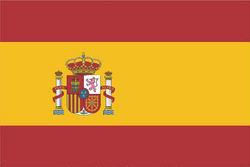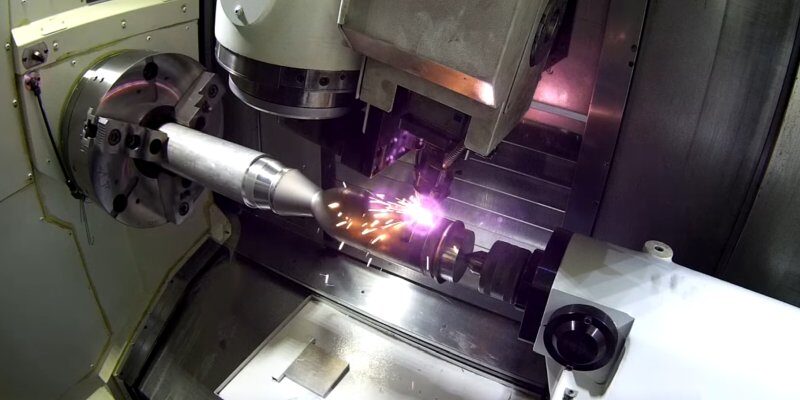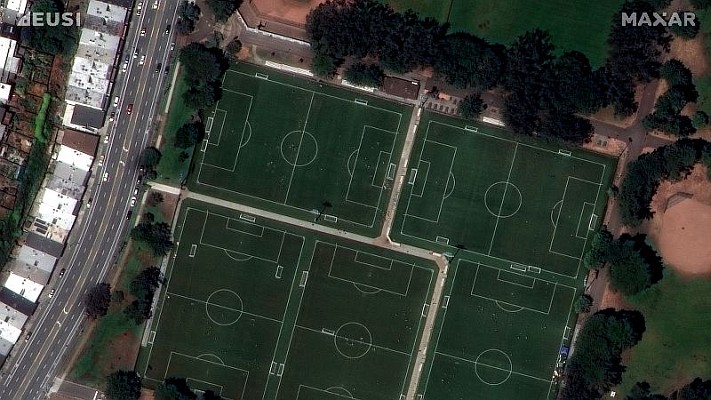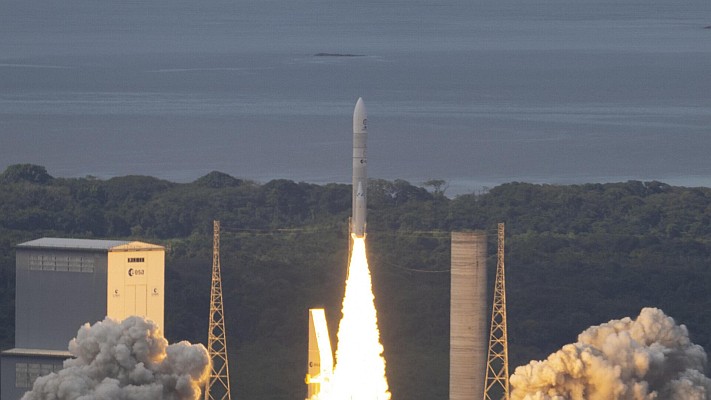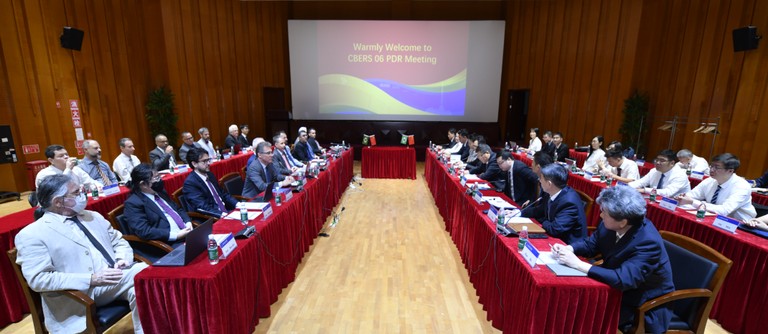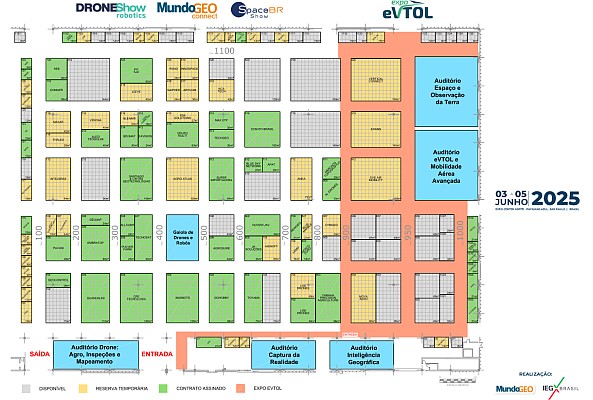The National Commission of Space Activities (CONAE), with the participation of the company VENG, advanced in a new milestone in the development of the Tronador II project, the Argentine launcher that will allow putting into orbit satellites of 500 kilograms at a distance of 600 kilometers from Earth. The manufacturing of the RS-2 engine thrust chamber was recently completed. This is the first time that the RS-2 engine has been manufactured in the country using state-of-the-art technology, by a combination of additive manufacturing, in line with the main space agencies in the world.
The manufacturing was carried out on the RS-2 engine prototype, to validate the technology, in the facilities of the Teófilo Tabanera Space Center, in Falda del Carmen, province of Córdoba, within the framework of the Propulsion Development Plan of the Tronador Project, of the ISCUL Program (Light Payload Satellite Injector). In the coming months, a similar but larger part for the Tronador II second stage engine, called RS-3, with a thrust of three tons, will be manufactured with the same technology.
“With this achievement we completed the development of additive manufacturing technology and manufactured the first regenerative chamber fully developed in Argentina with this technique, using a 3D printer and electroplating,” explained Brian Parola, assistant manager of Injector Vehicles, CONAE’s Space Access Management. “This is an important milestone in the development of propulsion manufacturing technology for the Tronador project and demonstrates the mastery of the capability to manufacture a functional regenerative chamber for the Tronador II launcher,” he said.
The 3D printer was used to fabricate the interior of the chamber, composed of a copper alloy. The exterior was made using another additive technique, called electroplating, with nickel alloys and stainless steel prints. In this case, the part was immersed in an electrolytic bath where the material was deposited by a chemical reaction.
Inside the launcher engine, the combustion chamber has atomizers that allow the fuel to be mixed with the oxidizer. Unlike the prototype engines, which had one swirl injector (RS-1) and five (RS-2), the final second stage engine of the Tronador II launcher (RS-3) has 36 swirl injectors, improving combustion efficiency to propel the rocket.
The rocket has two stages: the first stage includes liftoff and the flight of the launcher up to 100 kilometers above the Earth. The second stage begins when it separates from the first stage and follows the engine that will carry the satellite into orbit. The RS-3 engine is scheduled to fly on the second stage of the Tronador II launcher, along with the turbopump that powers it and is currently under development. However, this engine would also be used previously on the TII-70 technology demonstrator, a vehicle currently under development.


